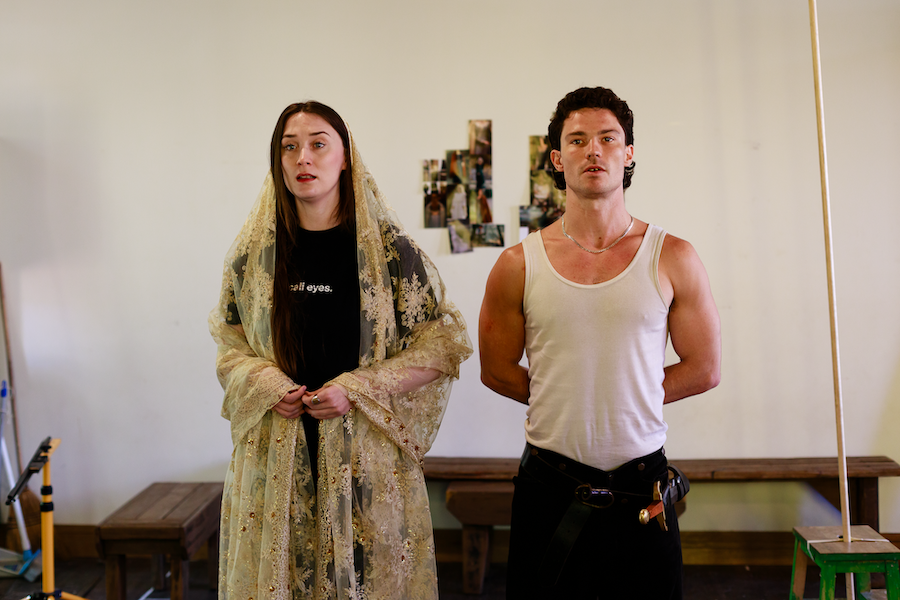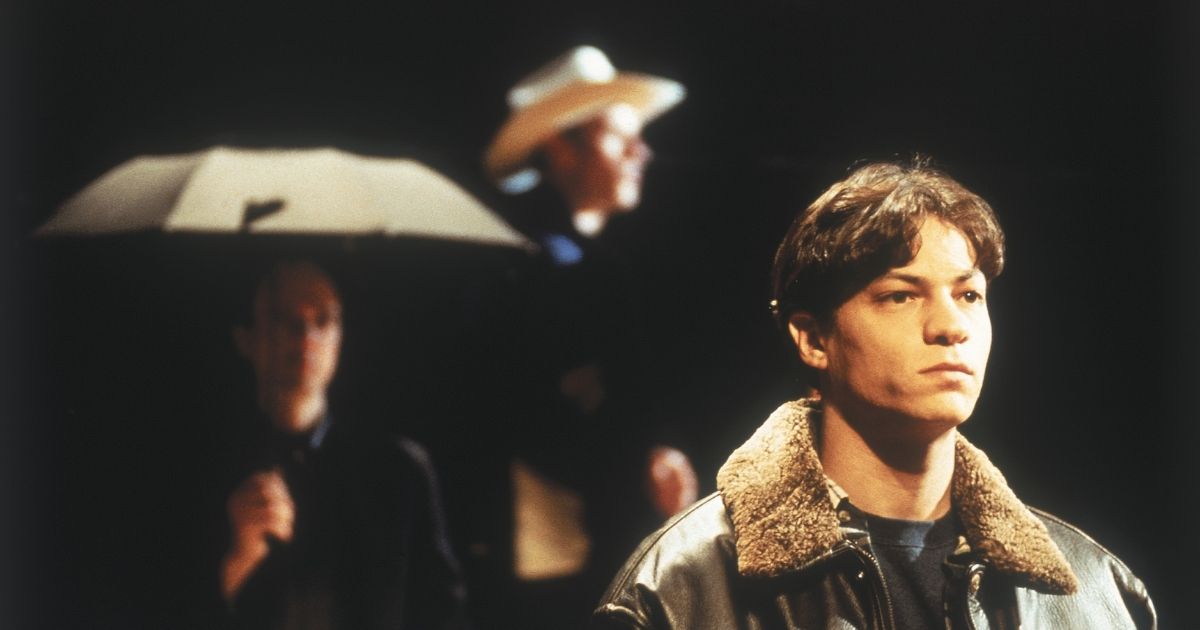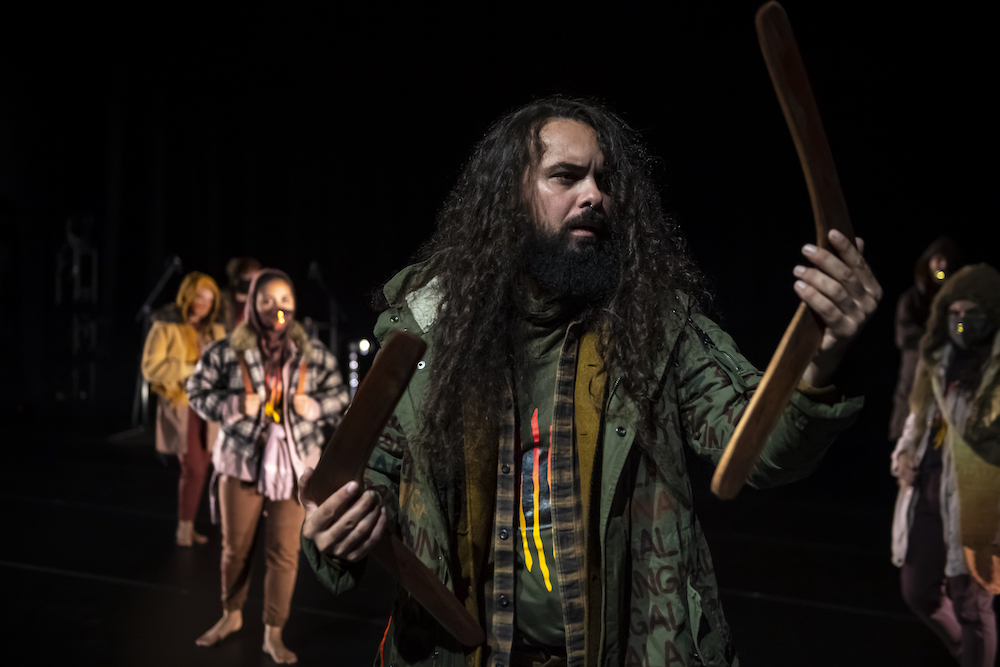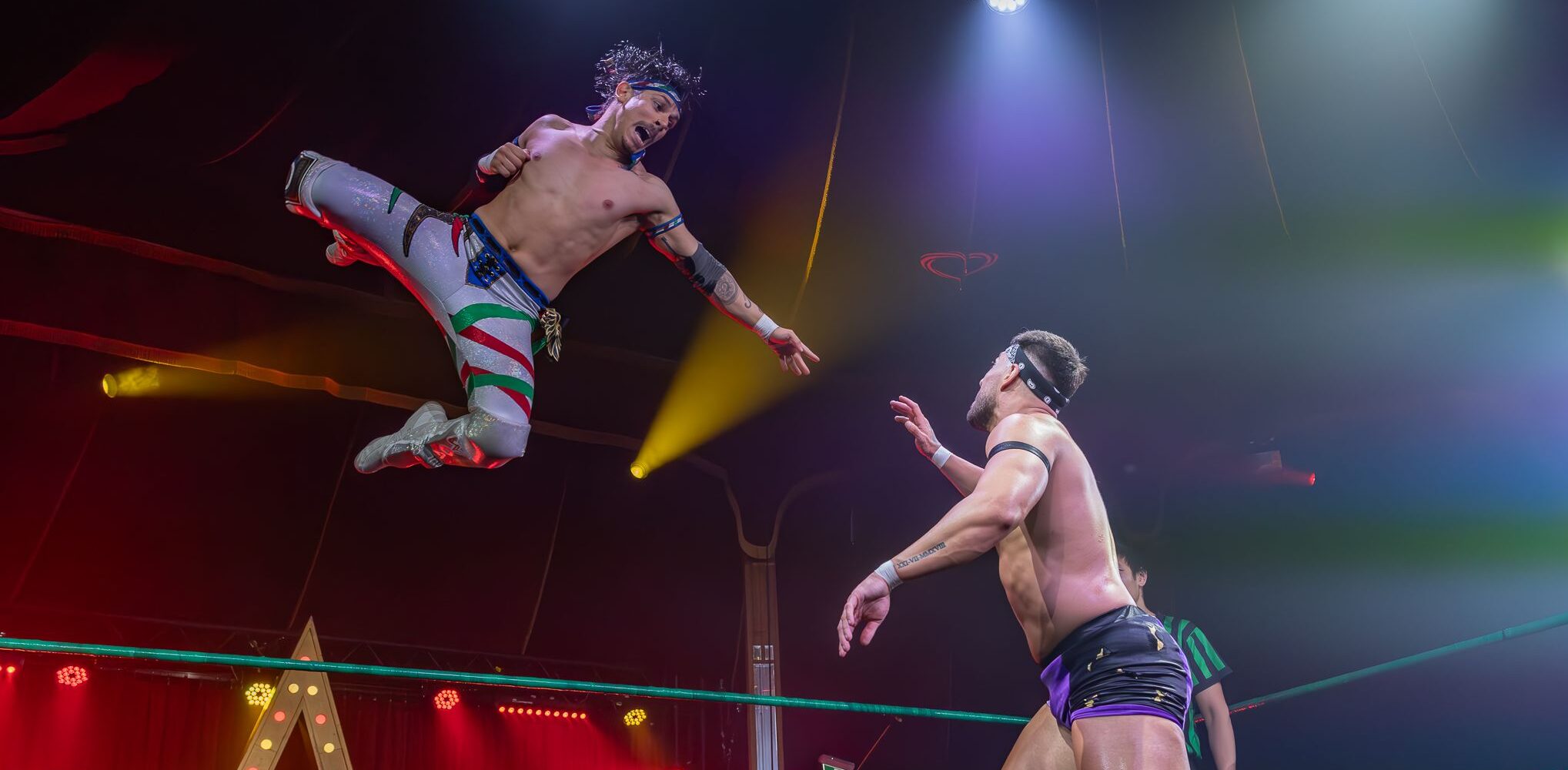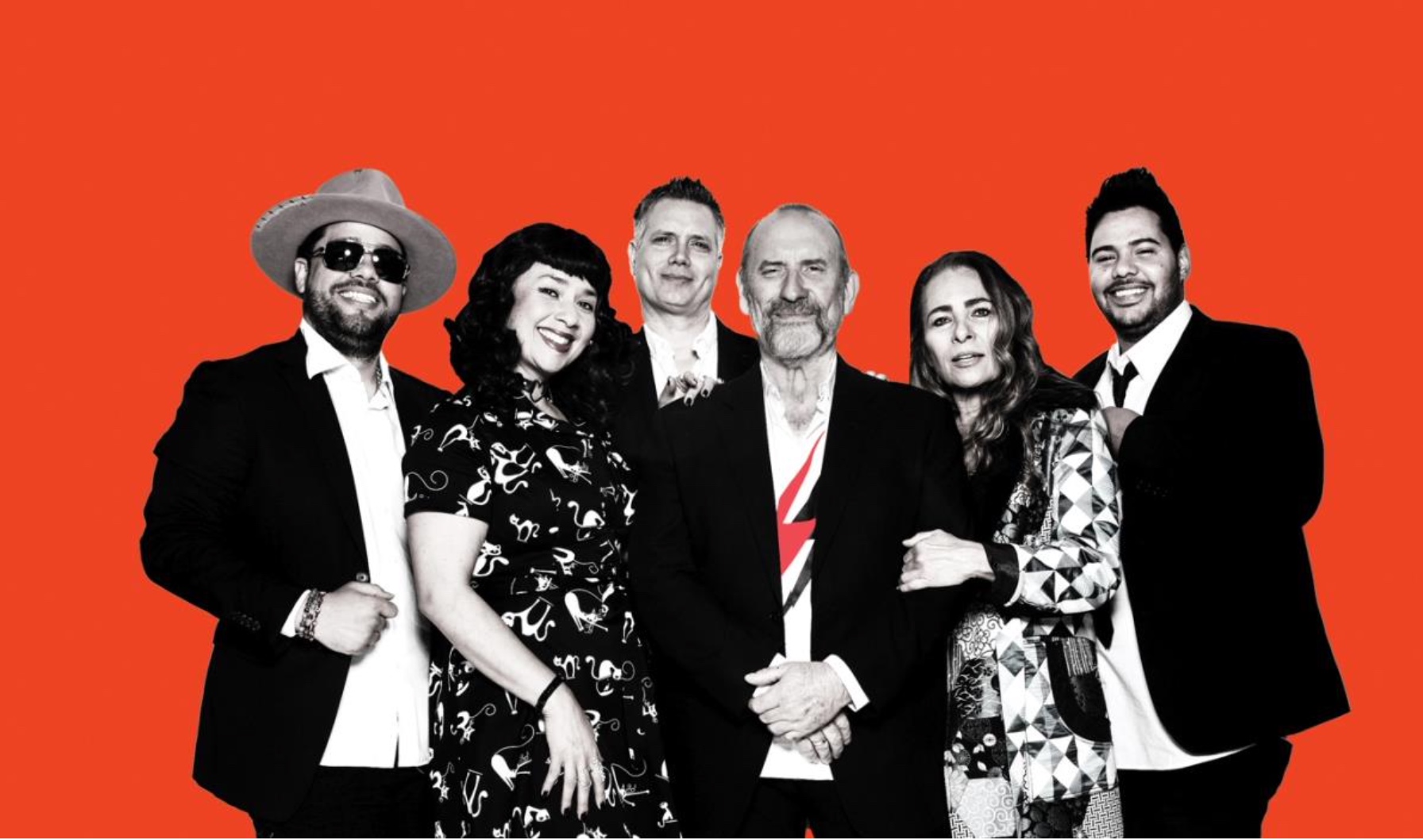
Female Artists Take to The Streets

BY RITA BRATOVICH
There was a time when the term “graffiti art” seemed contradictory. Graffiti was associated with delinquency, vandalism, risky activity and was almost exclusively practised by male adolescents. The growing street art movement has absorbed graffiti culture into its folds and legitimised it, at the same time erasing the gender boundary that had been sprayed in thick black paint around it.
Case in point, the third annual Perfect Match Festival, held this year by the newly formed Inner West Council, will feature a strong contingent of female artists.
Developed by Marrickville Council originally to combat illegal graffiti and antisocial behaviour, the festival has grown exponentially both in popularity and range. It is a unique forum for council, community members, property owners and artists to come together to discuss artwork and locations that will enhance the area, discourage defilement and attract visitors.
Victoria Johnstone, Arts and Cultural Development Officer for the Inner West Council, says one of the main goals of the festival is to “educate people around appreciation of art and foster respect between artists and property owners”.
When asked if there was a conscious decision to include more female artists this year, Johnstone replied: “They’re not being chosen because they’re women; they’re being chosen because their work is on par now with some of the best street artists globally.”
Johnstone’s theory on why women may not have participated in street art much in the past has more to do with the nature and scale of the artworks. Creating some of these works can involve using a forklift, cherry-picker, harness and pulley, and power tools. While it was once outside their sphere of consideration, young girls are now becoming more confident about getting a forklift licence, putting on a safety helmet and vest and abseiling down the side of a three storey factory.
Opinions on the origin and prevalence of gender discrimination in street art varies among female artists. “There’s no doubt about it, there’s definitely a gender imbalance,” said Tiera Boo. She is one of the stencil artists contributing to the Paste Up Wall, a display being held in conjunction with The Stencil Art Prize.
Tiera believes women’s hesitation to get involved in street art is a result of social conditioning: “Society in general doesn’t allow women, or girls, especially when they’re starting out, to make the same public mistakes… as women we get judged for our faults more harshly than men do.”
She thinks women are less likely to risk the severe scrutiny that comes with street art and therefore they don’t make the mistakes from which they can learn and ultimately grow as an artist.
When she began stencilling, Tiera fully embraced the punk and political milieu of the scene at that time. Her art still reflects a feminist sensibility. The work she has created for the Festival is based on a black female guitarist called “The Duchess” who played alongside Bo Diddley. She gets her inspiration from music: “Often I hear these women and think ‘oh what do they look like, can I incorporate them into my artwork?’ And that’s what I did with The Duchess.”
Akisiew (aka Kim Siew), a mural artist, suggests that at least in it’s early days, graffiti art belonged to the bad boys club: “…there wasn’t really a place for a female to be naughty or do naughty things.”
Having said that, she doesn’t think criminal behaviour holds much appeal for girls and believes it’s the legitimisation of street art that has attracted more female artists. Apart from diluting it’s shady past, the broader acceptance and interest in street art means wider themes and subject matter can be explored.
“I think it’s important that women just go out there and express what they want to express,” said Akisiew (aka Kim Siew). She has been involved with the Festival every year and witnessed its growth and expansion, noting there are many more artists and activities.
This year she was matched with Addison Road Community Centre: “My style is well suited to what they wanted. They really wanted something that was character based, something that was going to show the different community groups and culture groups and things that Addison Road do.”
Sarah Harvie builds large inflatable sculptures. This year at the Festival she’ll be inviting the public to paint on either of two sculptures she has created. One has already been partially painted by students from Marrickville High and Tempe Primary school, they were her “match up”.
On the question of gender bias, she’s pretty clear: “Generally it’s been a male dominated thing for a while.”
She doesn’t think women were deliberately excluded, but rather that it was the nature of the environment. “Street art is associated with getting out there, getting on walls, climbing up…a guy basically risking his life hanging outside a building.”
Harvie believes that just by participating women are effecting changes in street art. Their work is more likely to be political, depict female images, and bring the language of women to the streets.
Bus TV is a mini-documentary video in which artist Laura Grace interviews bus drivers from local depots. It will be shown on monitors mounted on old bus seats in the Chrissie Cotter Gallery. Grace will also be giving a talk, explaining her work and sharing bus driver stories with the audience.
While she acknowledges that graffiti and stencil art are probably still male dominated, Laura feels there is a fair representation of women in installation and projection art and in her field, electronic media. Perhaps it’s because of the ubiquity of technology.
On whether her gender influences her art, she said: “Maybe because I’m a woman, the people that I interview and work with react differently to me.”
She feels no particular incentive to imbue her work with feminist ideals, allowing herself intrinsically to inform her art. “I do like to engage with the public and make people think.”
As Victoria Johnstone notes, most street artists use pseudonyms and their art is not defined by any distinguishable gender qualities, so the average observer wouldn’t even know whether it was a man or woman who created the work.
“Really, sex shouldn’t matter. It’s about the quality of your art.” (RB)
Perfect Match Festival
Aug 5–7, various Inner West locations. For info on free neighbourhood celebrations, talks, tours & more click here.




